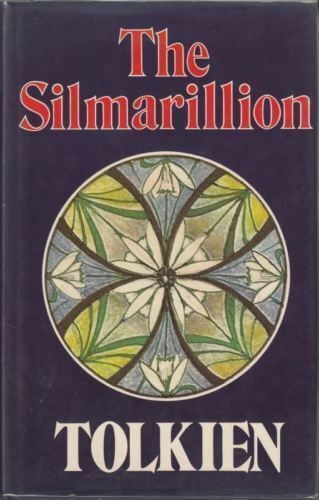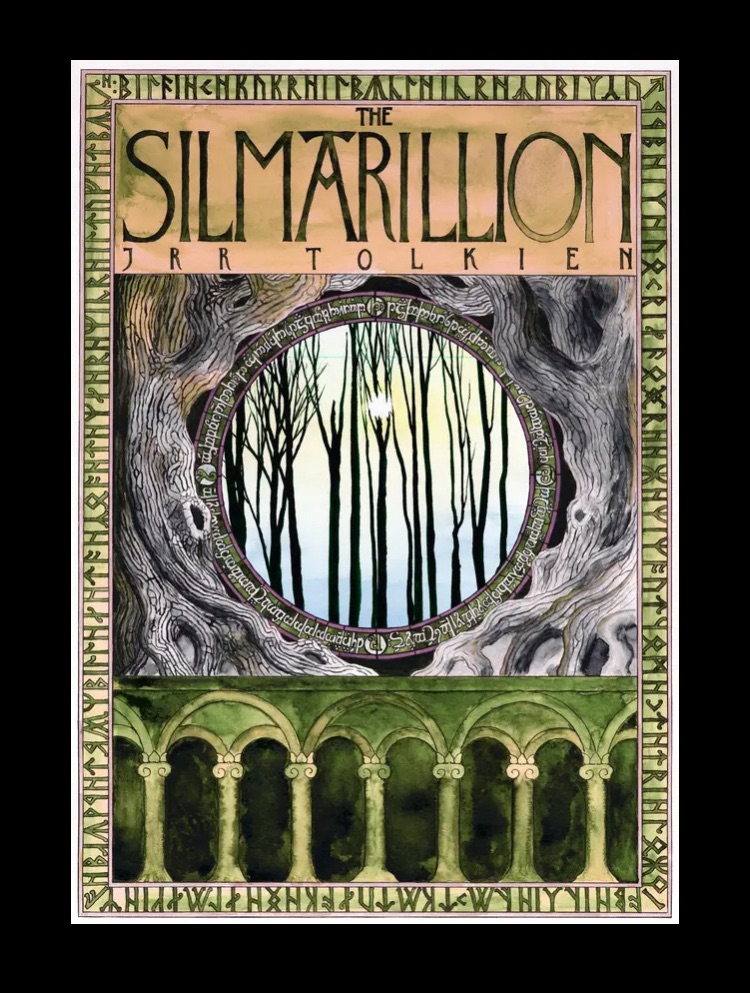Tales of Two Tolkiens.


Another ancient review migrates over to ye blogge. This one must be 10-15 years old? I’m thinking that I’ll try and publish a chunk of Tolkien related posts over the next few days.
Like many, perhaps most, I found my way to The Silmarillion after reading The Lord of the Rings and The Hobbit. And, again, like others, it took me several attempts to get past the first few chapters. In fact it is only now, some 30 years after I first started reading Tolkien (and I’ve read both The Lord of the Rings, The Hobbit, and other sundry Tolkien works, numerous times) that I’ve been able to read the whole book.
It is in fact a compilation of several writings, put together after J. R. R. Tolkien’s death by his son and literary executor Christopher Tolkien. It’s this fact that leads me to title my review as I have done: J. R. R. Tolkien’s achievements in creating the legends, histories, geographies and languages of Middle-Earth are truly staggering, but Christopher Tolkien’s work since his father’s death, is likewise monumental.
Evolution is a theory that has changed our understanding of the world, but that doesn’t make some chapters of Darwin’s Origin any easier to get through. But neither does it devalue the worth of the book. And, in his own very different way, Tolkien (and his son) have also contributed to changing our world, by inventing a new one.
Despite the above, I’m not really trying to compare Tolkien or Darwin in terms of their impact on our understanding of ourselves, I simply mention them together because both worked obsessively on their projects, and both produced writings some of which carry you along with rapid drama, and others of which can be a bit hard going.
The dense historical and mythological nature of parts of The Silmarillion can, in places, be pretty arduous, and the large amounts of names, genealogies, and detailed reference to Middle Earth’s topography, may be rather bewildering and hard to grasp (better and more comprehensive maps would still be great, and I for one would prefer that any such maps kept to Tolkien’s original style, but were expanded – at the very least – to include Melkor’s realms in the north of Middle Earth, since he and his lands figure so prominently in much of the narratives. But, like Darwin’s difficult chapter on pigeons, in The Origin, it’s a case of all the parts making for a better whole.
And there are some parts of the book, especially the stuff about Turin, Hurin and Tuor (of which tales Christopher Tolkien has subsequently brought his father’s work to us, to his great credit, first via Unfinished Tales, and more recently The Children Of Hurin, and other similar syntheses) which are fantastically easy reading, and very gripping and exciting, full of the best qualities of Tolkien’s more famous and accessible writings (if a little darker, which actually makes them somewhat more thrilling).
J. R. R. Tolkien’s talent and imagination knew few bounds, and beggar belief. And his son Christopher has played a massively important role in bringing the richness of Tolkien’s unpublished legacy (unpublished in his father’s lifetime, that is) to us. The Silmarillion is a truly and uniquely magnificent book!

NB – A related post of interest, regarding an illuminated version of The Silmarillion, can be read here.
